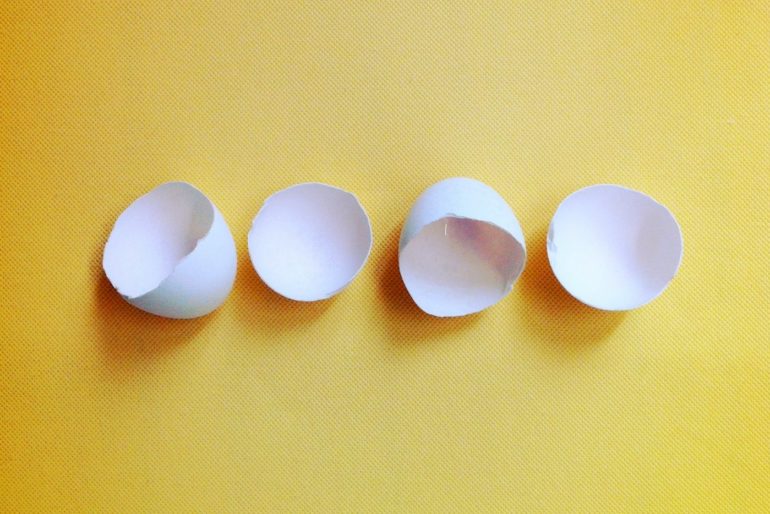What’s the difference between concrete & cement?
Is there a difference between the two construction materials, or can you use the terms “cement” and “concrete” interchangeably?
Solid argument
So that stuff that your sidewalk is made out of, what do you call it? Concrete? Cement?
Well, one of those is correct, and using the other term will drive some people in the construction industry crazy. While many people use the terms concrete and cement interchangeably, they are in fact two different things — though they are related. Read on.
The tie that binds
Here’s the deal. Concrete is a mixture of aggregates and a paste. The aggregates are the rocky bits — sand, gravel, crushed stone and the like, while the paste is made of water and… wait for it… cement.
Cement is a binder — a material that sets and hardens independently and can be used to bind other materials together. In the case of concrete, the cement is binding all the rocky bits together, so when it hardens it creates a strong, solid surface.
The most common form of cement used in making concrete today is Portland cement, so named because it was similar to Portland stone, a building stone quarried on the Isle of Portland in England.
MORE: The hot new building material: Concrete (from 1906)
Typical materials that make up Portland cement are limestone, marl, shale, iron ore, clay and fly ash. These bits are fired in a kiln at temperatures up to 3000 degrees Fahrenheit where they form new compounds, which are then ground into powder to produce the cement.
When you mix the aggregate materials, the powdered cement, and water together in the right proportions and let them harden, you get concrete.
So the next time someone comments on a cement mixer or a cement driveway, you can correct them — politely, of course — that there is no such thing. It’s a concrete mixer, or a concrete driveway. And if they roll their eyes, just send them this link later.







